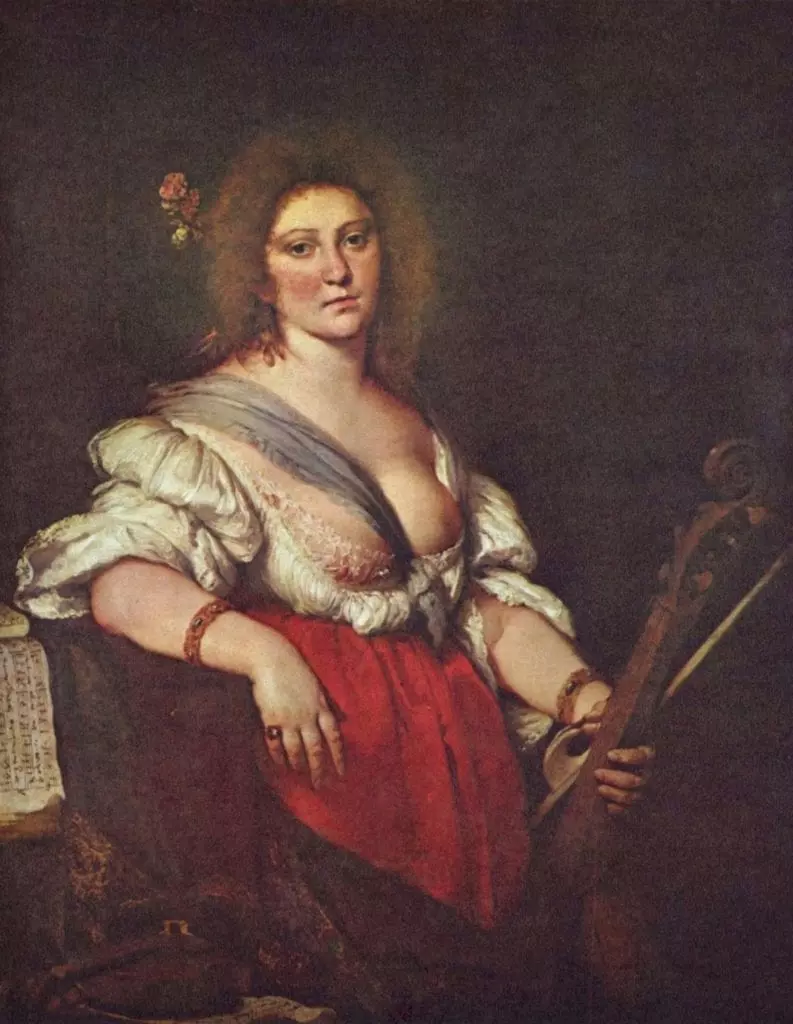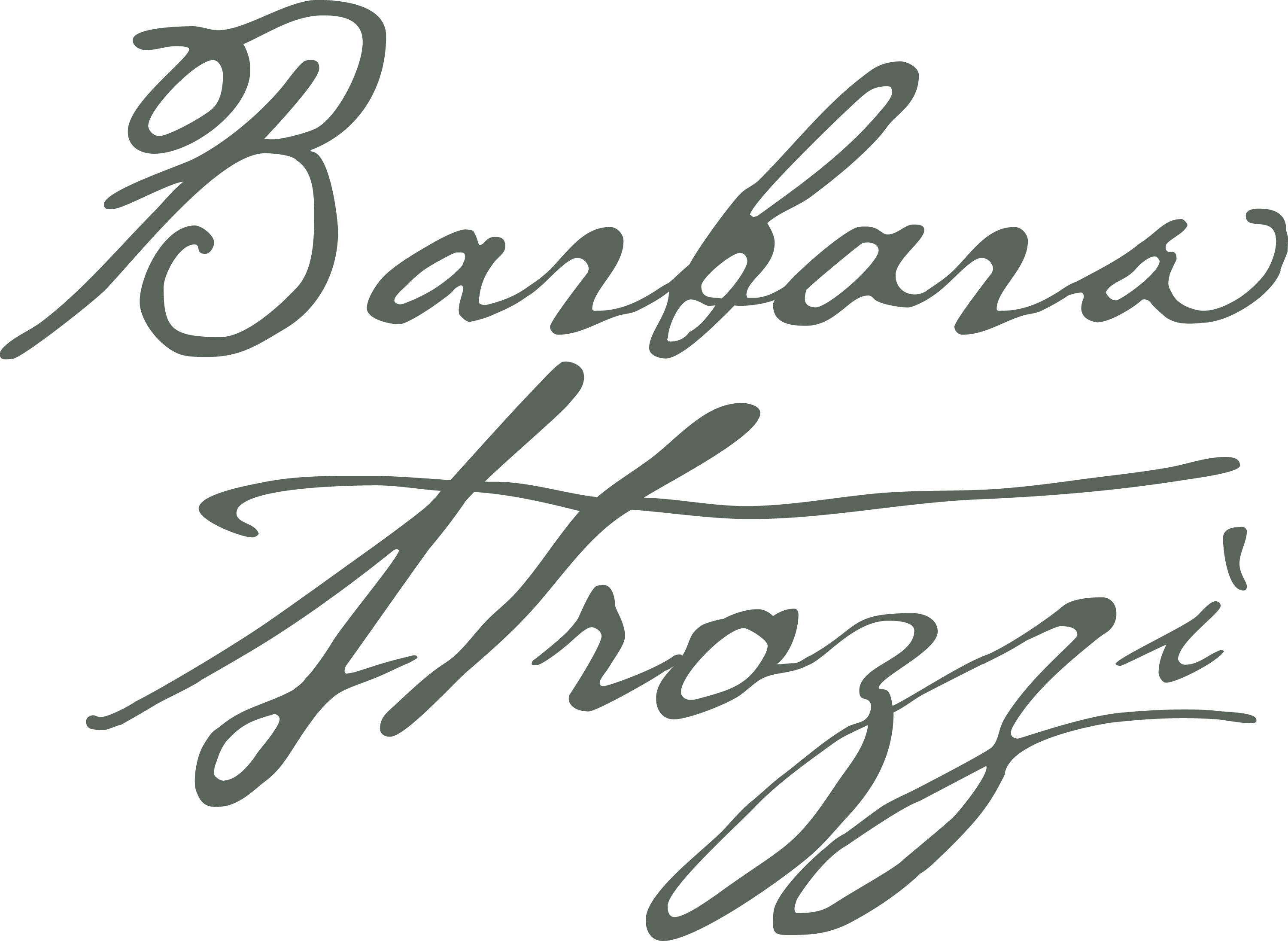A Brief History

“I reverently consecrate this first work, which I, as a woman, all too ardently send forth into the light, to the august name of Your Highness, so that under your Oak of Gold it may rest secure from the lightening bolts of slander prepared for it.”
Barbara Strozzi to Vittoria della Rovere, duchess of Tuscany, in the dedication to Opus 1
Barbara Strozzi ❧ My life in 1600s Venice.
Essay by Dr. Candace A Magner
Beginnings
Barbara Strozzi had the good fortune to be born into a world of creativity, intellectual ferment, and artistic freedom. She made a mark as composer and singer, eventually publishing eight collections of songs - more music in print during her lifetime than even the most famous composers of her day - without the support of the Church or the patronage of a noble house. She is sometimes credited with the genesis of an entire musical genre, the cantata. Her works were included in important collections of song which found their way to the rest of Europe and England. Yet she died in obscurity in Padua in 1677 with little wealth or property.
Early Years
Born in 1619 in Venice, Barbara was baptized on August 6 at the Santa Sofia parish. At that time, Venice was at its cultural peak, a city of wealth, peace, academic curiosity, and musical innovation. In addition to the luck of time and place, Barbara grew up in a household frequented by the greatest literary and musical minds of the age.
The adopted daughter of poet Giulio Strozzi was most likely his natural daughter, recognized or ‘legitimized' in his will of 1628 as his figliuola elettiva—his chosen daughter. Her mother Isabella lived in the same household as Giulio and was his principle heir until Barbara should come of age.

The interior of Santa Sofia church in Venice as it is today. 
All that can be seen of the church today. The bell tower has been truncated and shops surround the facade. 
Giulio Strozzi, portrait by Tiberio Tinelli now at the Galleria degli Uffizi in Florence
Though born in Venice, Giulio, himself the illegitimate and later recognized son of Roberto Strozzi, was nonetheless a member of one of the most powerful families of Florence, second only to the Medici in wealth and influence. That the Strozzi name was recognized far and wide may have assisted Giulio in his ability to mix with many levels of Italian society. He was the founder of several accademie or groups of creative intellectuals, and was an influential member of the Accademia degli Incogniti formed by the writer Giovanni Francesco Loredano in Venice. This group was almost single-handedly responsible for the 'invention' and spread of what was to become known as Opera—music and theatre highly intertwined into a new art form which flourished in Venice throughout the 17th century and then expanded throughout the continent. The Incogniti counted among its participants famous authors, poets, philosophers, and musicians, possibly including the great Monteverdi. It was into this milieu that young Barbara was introduced as a singer and composer.
Frustratingly little is known about Barbara's childhood and musical training. We know that she studied with Francesco Cavalli, director of music at St. Mark's Basilica, based on the dedication to Vittoria della Rovere of her first published opus, where she mentions Cavalli as her preceptor and teacher from early days. There are no other known documents pointing to her studies, and little reference to possible early and unpublished songs from the period before 1644.
As early as 1634, however, her name was associated with the meetings of the Incogniti, where she sang informally. In the dedication of a group of songs called Bizzarrie poetiche, composer Nicolò Fontei in 1635 says that his songs were inspired by "principally the most kind and virtuosic damsel, Signora Barbara" [principalmente la gentilissima, e virtuosissima donzella la Signora Barbara]. Furthermore, in Book 2 of his Bizzarrie poetiche dated 1636 he calls Barbara "la virtuosissima cantatrice", the 'most virtuosic singer' of Giulio Strozzi.
The Emerging Artist
By 1637 Giulio had founded another academy, this one called Accademia degli Unisoni, at least partially to promote the performances of his daughter Barbara. The Veglie de' Signori academia Unisoni havuta in Venetia in casa del Signor Giulio Strozzi, a group of three reports of the proceedings of the academy, is subtitled Alla Molto Illustre Signora la Sig. Barbara Strozzi, dedicated to her and in part describing her singing and role as hostess or mascot in the meetings. Several song texts of her performances are printed, but the music is not yet known.
Her performances and participation in the academy activities were of sufficient interest - perhaps even scandal, since women were rarely included in such meetings - that scathing satires were written. The book Satire, e altre raccolte per l'Academia de gl'Unisoni in casa di Giulio Strozzi (1637) includes the oft-quoted slur against Barbara's virtue: “It is a fine thing to distribute the flowers after having already surrendered the fruit.” [“Bella cosa donare i fiori dopo aver dispensati i frutti”], and later, in regard to her chastity: “to claim and to be chaste are very different; all the same, I too consider her extremely chaste since as a woman with a liberal upbringing she could pass the time with some lover, yet she nevertheless concentrates all her affection on a castrato.” [“…Il professare e l'essere sono termini differenti, tuttavia io anco la vedo castissima, mentre potendo è come femina, è come educata in libertà passarvi il tempo con qualche amore ella nondimeno impiega tutte le sue affettioni in un castrato.” Both quoted in Rosand, JAMS].
These quotes, along with a painting recently recognized by Ellen and David Rosand as being a portrait of Barbara, have led some writers to assume Barbara was a courtesan, or at least a high-class entertainment plaything in the tradition of the Japanese geisha.

"Suonatrice di viola da gamba" by Bernardo Strozzi 
Portrait of Giovanni Paolo Vidman, housed at the Villa Widmann-Foscari in Malcontenta
The portrait, painted between 1635 and 1639 by Bernardo Strozzi (no close relation, but who also painted Giulio, Monteverdi, and other members of the academies) reveals a young woman, blushing, impressively décolletée and with flowers in her hair - a perfect impression of the mythical Flora, dispenser of charms both intellectual and physical.
In her hand she holds a viola da gamba, a relative of the early violoncello, and on the table next to her is duet music and a violin, an implication that she might be waiting for someone to come and play with her.
More recent research (Glixon 1997 and 1999), however, has cast serious suspicion on this concept, discussing her financial dealings and her four children, at least three of whom she had with Giovanni Paolo Vidman (also spelled Widmann), a colleague of her father and a supporter of early opera.
The two obviously maintained a long-term relationship although they never married. This was not an uncommon circumstance during this period, where aristocratic patrimony was of higher importance than the legality of a relationship. The Vidman family nonetheless provided inheritance for three of her children. Barbara apparently lived with her parents until their deaths, and remained in the family house which was rented from a Vidman brother. None of these circumstances lead to the conclusion that Barbara was numbered among the many thousands of registered courtesans or prostitutes of Venice. It is more likely that she was too busy writing, composing, and attending to the needs of her parents and her children to have had an outside profession.
The Flourishing Artist
Her attempts to secure the permanent patronage of a wealthy music lover never bore fruit, however. Each of her seven numbered collections is dedicated to a different patron (the eighth, Opus 4, is lost but believed to have been written for the Duke of Mantua). There is no record of what type of payment or privilege she received from her dedicatees, but aristocratic patronage was one of the few means a composer enjoyed to get music performed and published.
We can only wish that there were journals, diaries, or more letters regarding her work. Given the few bits of information we now have about Barbara's private life, we have a picture of an extraordinary woman of talent, beauty, intellect, and business savvy, who published 125 pieces of vocal music in her lifetime.
About the Author

Candace Magner is the creator, publisher, and general editor of the publishing house, Cor Donato Editions, dedicated to the works of composer Barbara Strozzi.
Dr. Magner is a singer and plucked continuo instrument performer. Her two books, Phonetic Readings of Brahms Lieder and Phonetic Readings of Schubert Lieder are standard reference works for singers. She has published articles on Cécile Chaminade and Barbara Strozzi, and is the author of this website, which she has maintained since 2000.
Dr. Magner is retired from teaching voice and opera history at the University of New Mexico-Los Alamos, and is an independent researcher in Italian libraries and archives.




